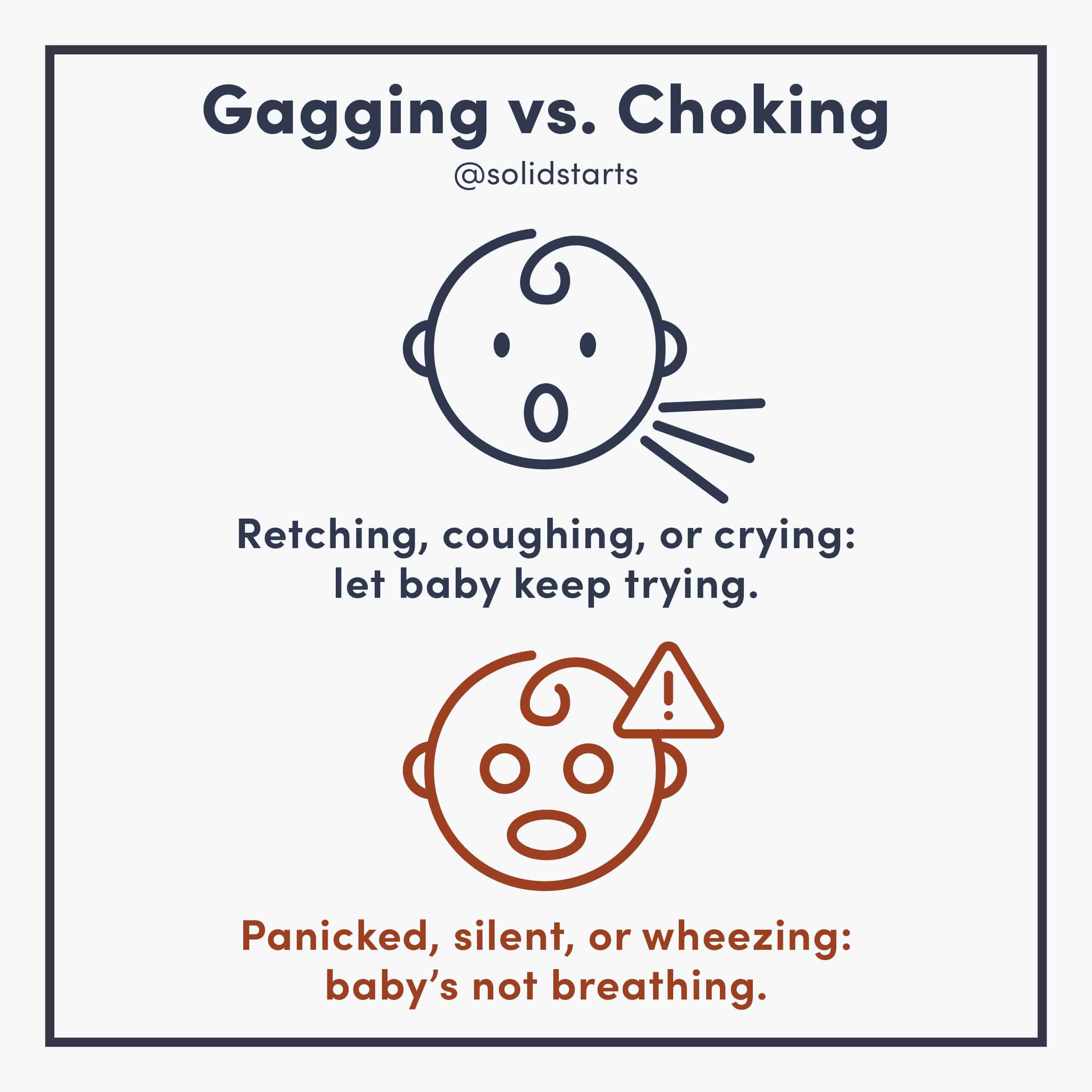Baby Choking On Saliva What To Do
When it comes to the safety and well-being of a baby, every parent or caregiver wants to be prepared for any situation that may arise. One common concern that parents may face is when a baby starts choking on saliva. It can be a frightening experience, but knowing what to do in this situation can make all the difference. In this article, we will cover everything you need to know about what to do if a baby is choking on saliva.
Knowledge
Choking on saliva can happen to babies for a variety of reasons. Sometimes babies produce more saliva than they can swallow, leading to choking. It can also occur when a baby is lying down and saliva pools in the back of their throat. Regardless of the cause, it’s important to act quickly and calmly if you suspect that a baby is choking on saliva.
One of the first things to do is to stay calm and assess the situation. If the baby is coughing or gagging, it’s a good sign that their airway is not completely blocked. Encourage the baby to keep coughing to try and dislodge the saliva. If the baby is unable to cough or is not making any noise, it’s important to act fast.
One common technique to help a choking baby is called the back blow and chest thrust. To perform this technique, you should:
1. Sit down and lay the baby face down on your forearm, with their head lower than their body.
2. Support the baby’s head and neck with your hand, making sure not to cover their mouth or nose.
3. Give up to five firm blows between the baby’s shoulder blades with the heel of your hand.
1. Turn the baby face up on your forearm, with their head lower than their body.
2. Place two fingers in the center of the baby’s chest, slightly below the nipple line.
3. Give up to five thrusts, about 1 1/2 inches deep, at a rate of one per second.
If the back blow and chest thrust do not dislodge the saliva and the baby is still choking, it’s important to call emergency services immediately. Stay on the line with the dispatcher to receive further instructions on how to help the baby until help arrives.
Conclusion
In conclusion, knowing what to do if a baby is choking on saliva can be a lifesaving skill for any parent or caregiver. By staying calm, assessing the situation, and taking quick action, you can help a choking baby effectively. This article has covered the necessary steps to take in such a situation, including the back blow and chest thrust technique, as well as when to call for emergency assistance.
Key strengths of this article include the detailed explanation of the back blow and chest thrust technique, as well as the emphasis on staying calm and acting quickly. The target audience for this article is parents, caregivers, and anyone who may find themselves in a situation where a baby is choking on saliva.
In today’s fast-paced world, being prepared for emergencies such as a baby choking on saliva is crucial. By knowing what to do and how to respond effectively, you can potentially save a baby’s life. It’s important to stay informed, stay calm, and take action when needed.






